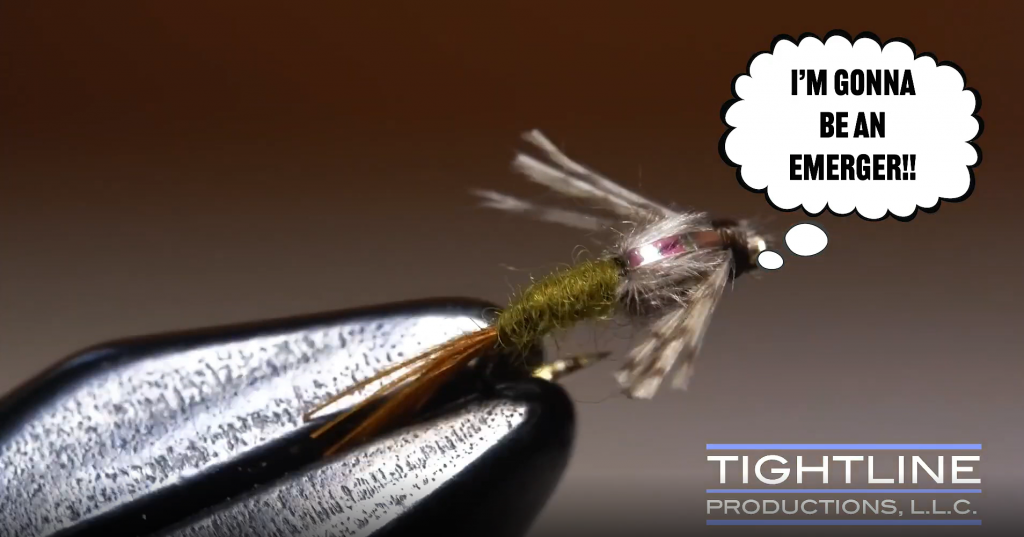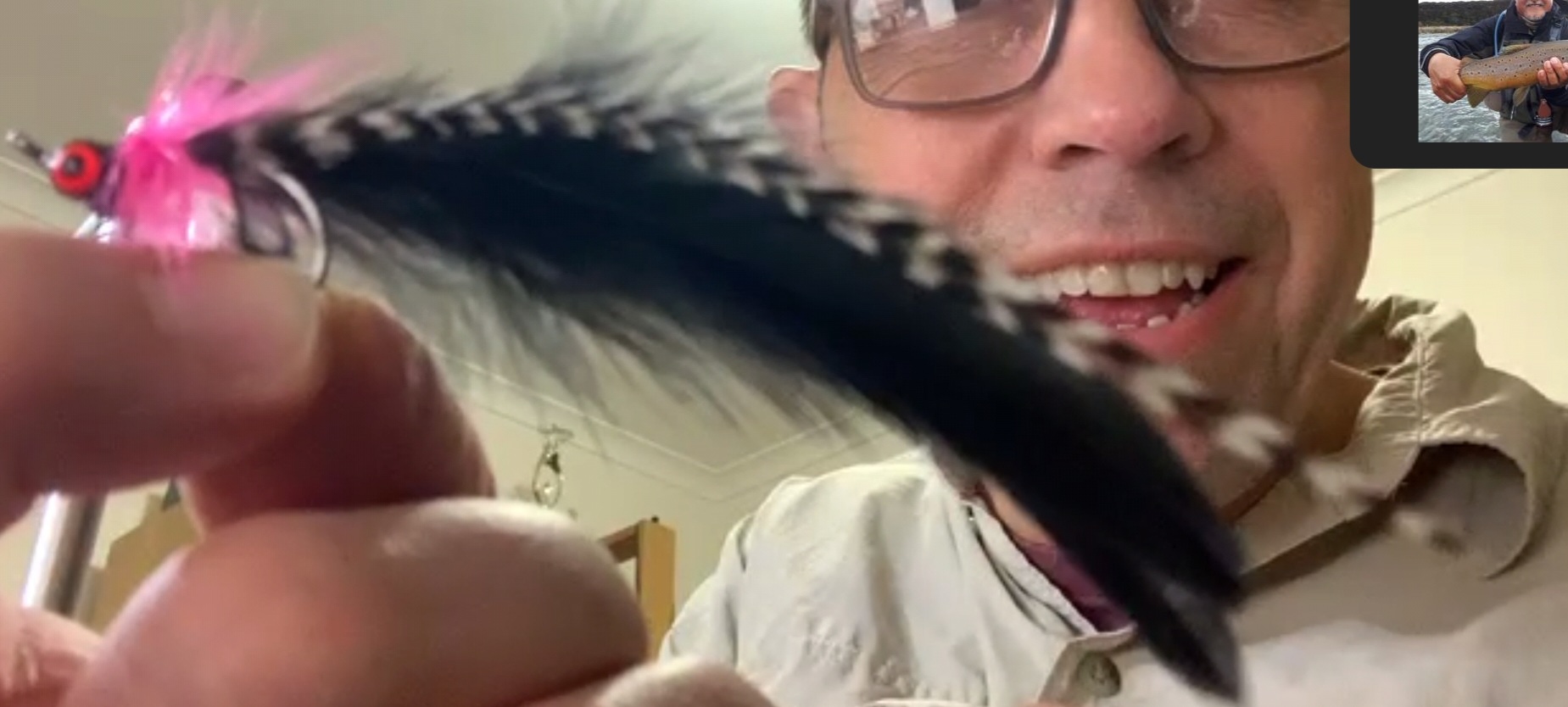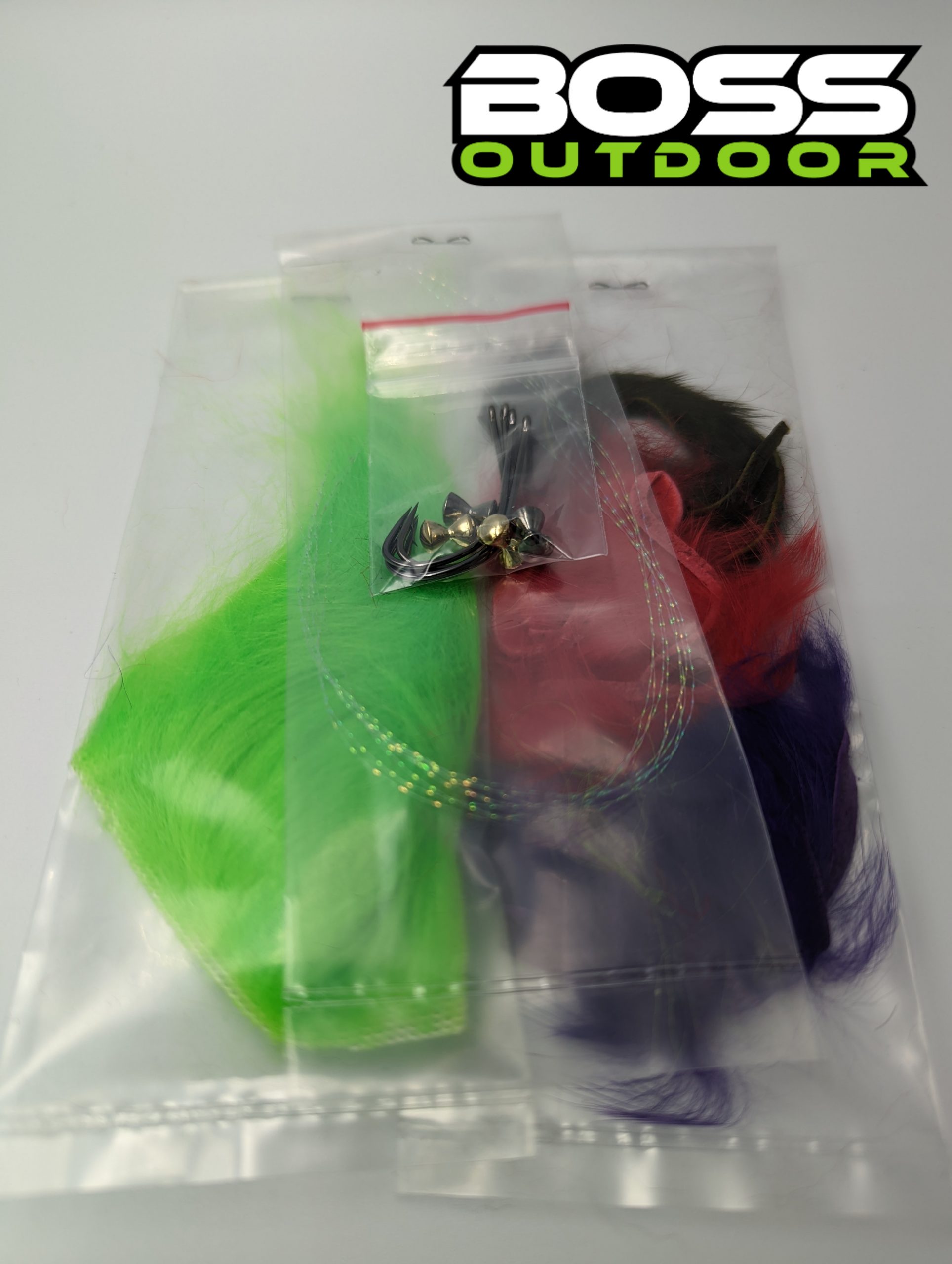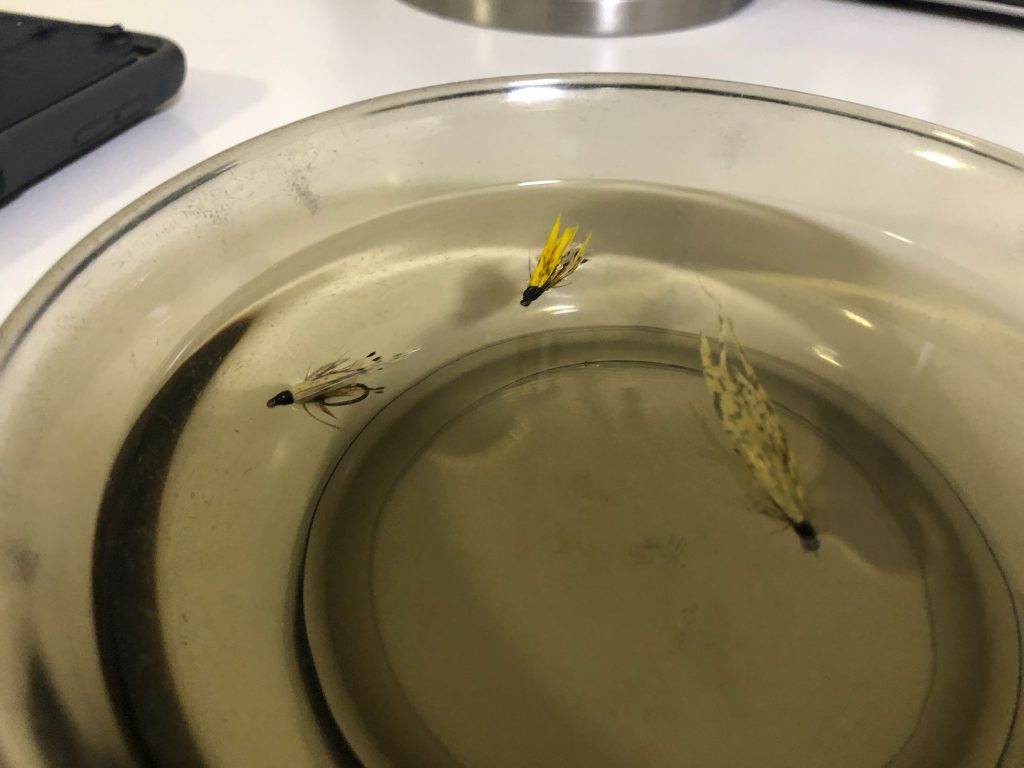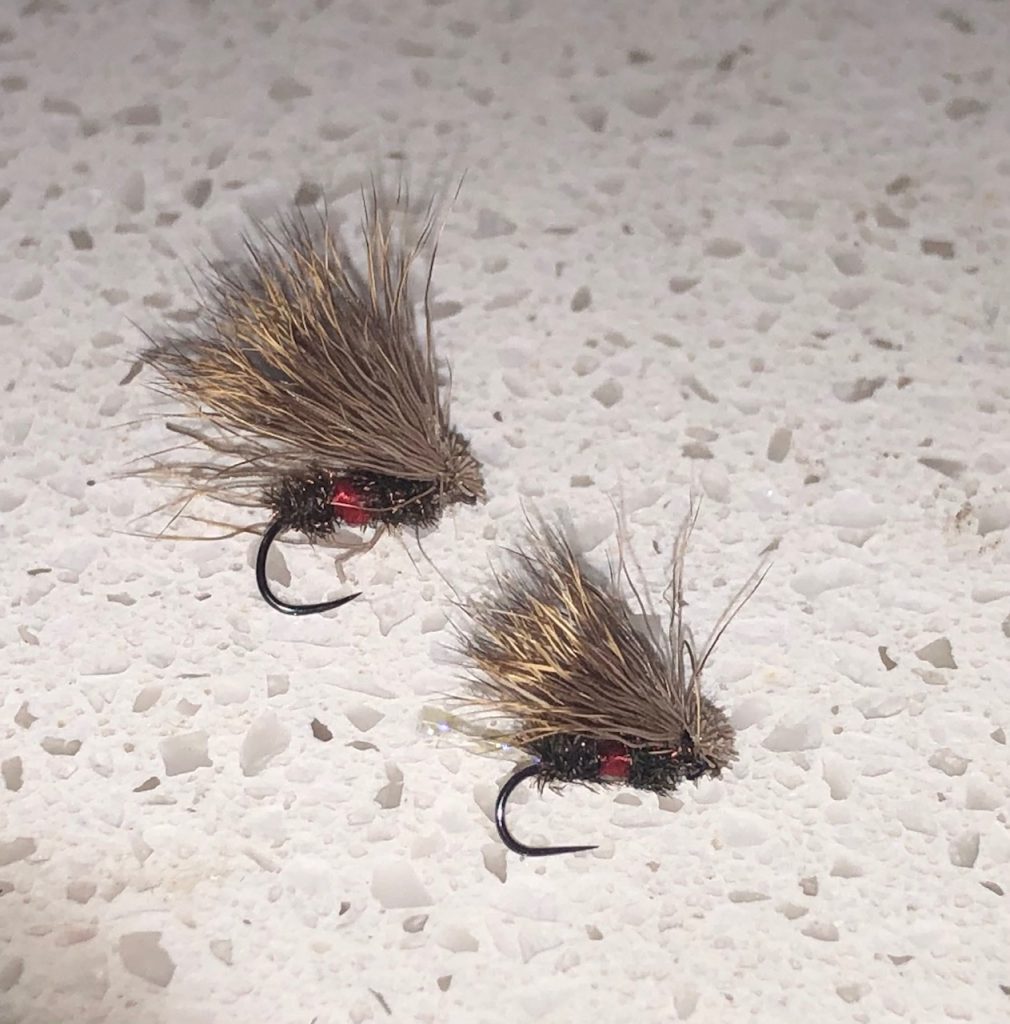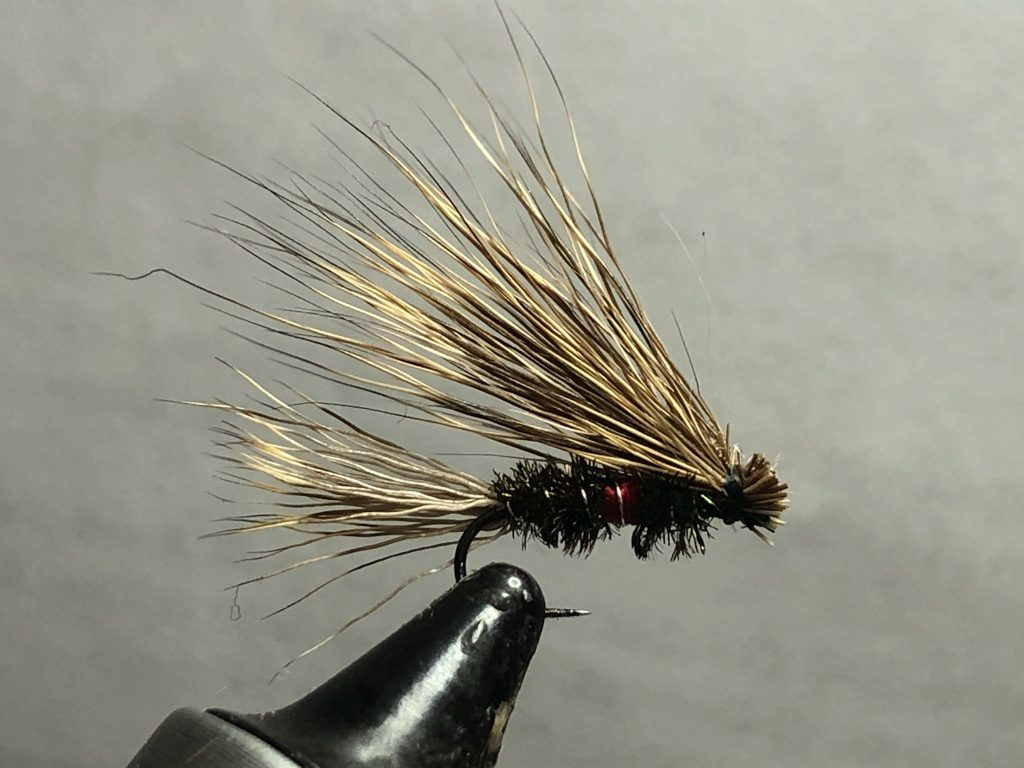Jaime has slipped some secret instructions to me, maybe a photo sometime. I can attest to the value of this fly after watching Jaime use it on a river that shall not be named.
MICRO-CADDIS FLY
This fly has become my favorite dry fly since last season. The main reason is because it just works very well for picky fish, those that refuse almost everything, that’s where it shines!
It’s also a very simple and easy fly to tie. Basically only one material: CDC feathers (if we skip the obligatory hook and thread). But here is a better description of all you will need:
HOOK:
Original recipe asks for #20, better if it’s a dry fly hook. However, I have been tying it in #18 and has worked well. I will try to avoid going smaller than that. I mean, you can tie it as big as you want and will catch fish but as I said above, it really shines when you find picky fish and that commonly (although not always) implies small flies. I love the Hanak 130 BL because the bent-in point. I want to emphasize the use of a dry-fly hook because is ligther. This fly doesn’t have too much material to keep it floating so the less weigth we put in it the better. Besides, the feathers tends to wear-off fast (however, and surprising, it floats very good cast after cast even after lossing many of the feather fibers).
BODY & WING:
2-3 CDC feathers. For the body, I normally choose tan or natural feather color. For the wing is better to use ligther color (ligth gray or white) to increase visibility. As said before, the fly does’nt have too much material and wears-off fast so ligth color helps to keep track of your fly, specially in choppy water.
THREAD:
I use 30D or 50D because it doesn’t need anything stronger. Also helps to keep the fly ligther. Use the thinner you have/feel comfortable with. Match the color with the body CDC.
OPTIONAL: any material to create a trailing shuck – examples: clear color ice dubbing, antron yarn.
TOOLS:
Besides the vice, bobbin and the whip finisher you will need a hackle plier.
TIPS:
Apply floatant liquid as soon as you tie it to your tippet. It keeps it floating cast after cast. Use the floatant powder if starts sinking. In general, this fly dries very easy just with a couple of false casts.
keyword dryfly
